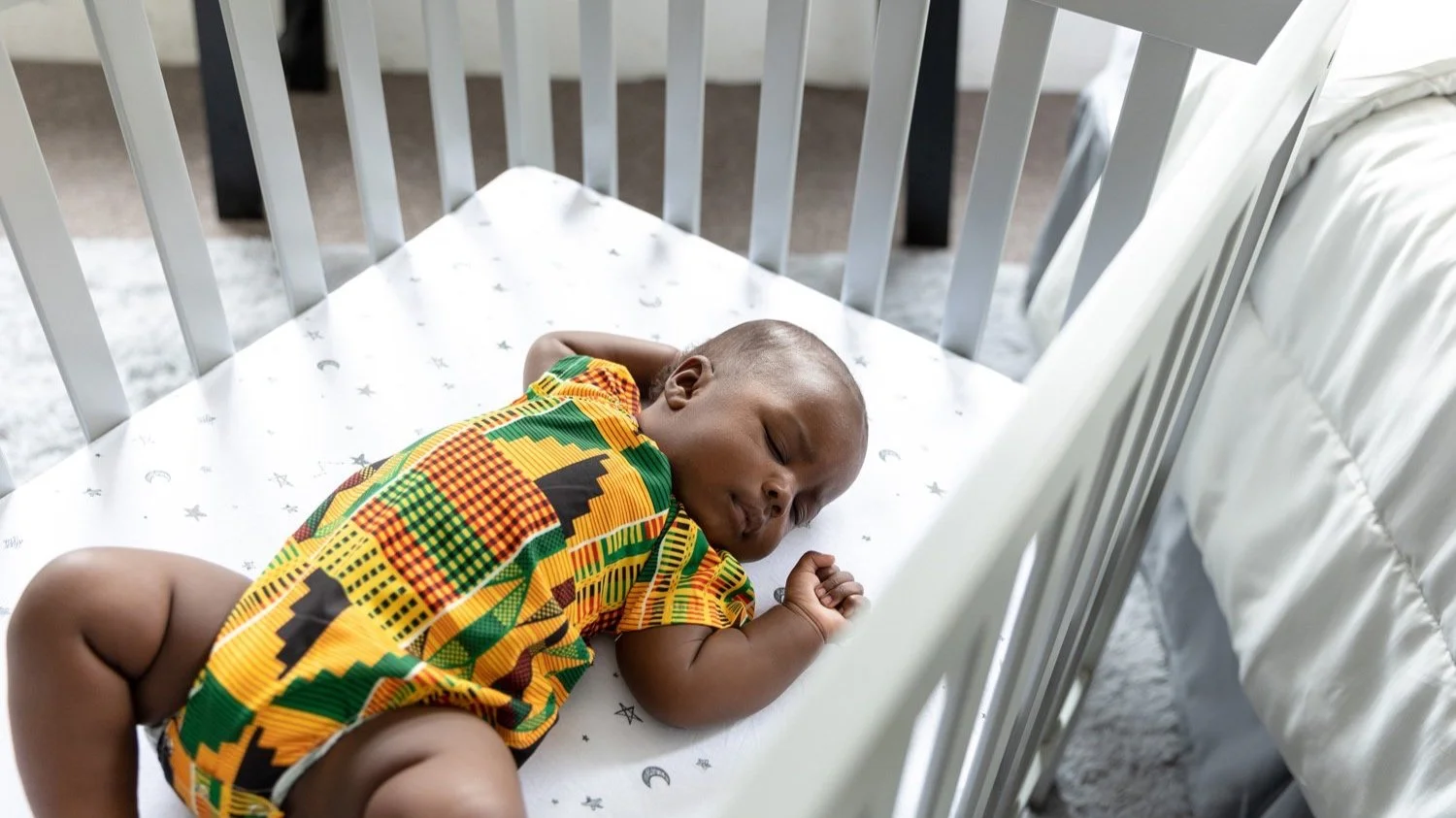Nursing Pillows, Adult Beds Present Increased Dangers to Babies
Hamilton County Public Health, Cincinnati Health Department and Cradle Cincinnati are sounding the alarm about unsafe sleep situations that increasingly threaten babies’ lives.
According to data collected in 2024 and reviewed by all three agencies in May, sleep deaths accounted for about 22% of all infant deaths last year in Hamilton County (15 out of 66 cases). Of those, 27% of deaths involved the use of a nursing pillow, marking the most significant growth for this cause of death in Hamilton County’s data.
Other key findings:
Between 2013 and 2023, there were 10 documented sleep-related infant deaths in which a nursing pillow was present or used for unintended purposes, such as sleeping; in 2024 alone, there were four of these deaths.
Sleeping on an adult bed instead of in a crib or bassinet was one of the top factors in infant sleep deaths (80% of local cases) for 2024.
More than half (53%) of all sleep deaths involved an adult co-sleeping with an infant in a bed, sofa or elsewhere.
Additional 2024 data is available at bit.ly/2024HCPHInfantDeathData.
The American Academy of Pediatrics and the Centers for Disease Control and Prevention have noted that safe sleep habits can reduce the risk of SUID (Sudden Unexpected Infant Death) and other infant deaths.
Preventing Infant Deaths
Experts from Hamilton County Public Health, Cincinnati Health Department and Cradle Cincinnati agree that many infant sleep deaths are preventable by providing more education to parents, caretakers and healthcare professionals.
Unsafe Sleep Habits to Avoid
A nursing pillow offers support to an adult feeding an infant from a breast or bottle, but it also presents a risk when improperly used as a sleeping surface for the baby. Infants may partially slide off of it, restricting their breathing. This is especially dangerous if the adult falls asleep while feeding the baby or if the infant sleeps unsupervised. According to guidance from the American Academy of Pediatrics, a nursing pillow is not designed for sleeping and should be used only when both the adult and baby are fully awake and alert.
Some parents practice bed-sharing, which involves sleeping next to their infant in a bed, on a sofa or in a chair. But studies have shown that bed-sharing — especially in an adult bed — is a significant risk for sleep-related deaths in infants, who can suffocate when surrounded by people.
Safe Sleeping Conditions to Remember
Experts — including those from local health agencies and the American Academy of Pediatrics — strongly recommend that adults share a room with an infant instead of sharing a bed. Particularly during the first six months of an infant’s life, room-sharing keeps the baby close without exposing them to unnecessary risks.
Parents also can reduce sleep-related risks to their child by considering the “ABCs of safe sleep”:
A (Alone) — Babies should sleep alone in their own sleep space, such as a crib or bassinet. Keep the sleep area free of pillows, blankets, toys, stuffed animals and other soft items.
B (Back) — Use a firm, flat mattress in a crib or portable crib, and always place babies on their backs to sleep. Studies show that back-sleeping remains an infant’s safest posi3on for reducing the risk of SUID.
C (Crib) — Infants should sleep in a clean crib, bassinet or portable play yard. The mattress should be firm and flat, using only a fitted sheet. Avoid allowing babies to sleep on sofas, armchairs or in devices like swings or bouncers, which are not designed for safe sleep.
For more information about safe sleep, visit www.cradlecincinnati.org/safe-sleep or complete the form at https://bit.ly/cradlecares to get connected with a portable crib.

